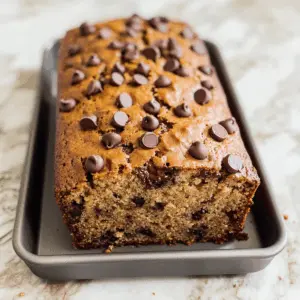These sourdough donuts are fluffy, slightly tangy, and oh-so-delicious! They’re perfect for breakfast or a sweet treat in the afternoon.
Making them can feel like a fun science experiment. I love how they puff up beautifully in the oil, almost like they’re taking a nap before serving! 🍩
They are simple to whip up, and I enjoy dusting them with powdered sugar for a little sweetness. Trust me, once you start, you won’t be able to stop at just one!
Key Ingredients & Substitutions
Sourdough Starter: This is the star of the show! An active starter gives the donuts their unique flavor. If you don’t have sourdough starter, a cup of buttermilk can provide a similar tang, but the texture may change slightly.
Whole Milk: I love using whole milk for its creaminess in donuts. If you prefer a lighter option, skim milk works too. Non-dairy alternatives like almond or oat milk can also be used for a delicious vegan version.
Granulated Sugar: This adds sweetness and helps with browning. You can substitute half the sugar with brown sugar for a deeper flavor. Honey or maple syrup can work too, just reduce the liquid in the recipe slightly.
All-Purpose Flour: I recommend using all-purpose flour for the best texture. If you need gluten-free options, a blend of gluten-free all-purpose flour can work, but the texture may be a bit different.
Vegetable Oil: For frying, I prefer canola oil for its high smoke point and neutral flavor. However, you can use peanut oil or even coconut oil if you want a different taste!
How Do I Know When to Knead the Dough?
Kneading is crucial for developing gluten, which gives the donuts their structure. Here’s how to tell if you’re ready:
- Start with 5-8 minutes of kneading on a floured surface. The dough should feel soft but not sticky.
- Test the dough by pressing in lightly; it should bounce back. If it sticks to your hands, add a touch more flour.
- Watch for a smooth, elastic texture. You can also do the “windowpane test” by stretching a small piece of dough; it should hold together without tearing.
Take your time with kneading – it makes a big difference in the final product! Enjoy your baking adventure!

smooth. Once your donuts have cooled slightly, dip the tops into the glaze and place them on a wire rack. This allows the glaze to set and also keeps them nice and airy!
7. Enjoy!
Once the glaze has set, your delicious sourdough donuts are ready to be enjoyed! Serve them warm or at room temperature and share with friends and family—or keep them all to yourself! Either way, these tasty treats are sure to be a hit!

Can I Use Cold Sourdough Starter for This Recipe?
It’s best to use an active and bubbly sourdough starter that has been fed recently. If your starter is cold from the fridge, let it come to room temperature for about an hour or feed it to activate it before starting the recipe. This helps ensure the donuts rise properly!
What Can I Substitute for Whole Milk?
If you don’t have whole milk, you can use any milk you have on hand—2%, almond milk, or oat milk work well! For a creamier result, mix equal parts milk and heavy cream. Just make sure to warm it slightly before mixing it with the other ingredients.
How Do I Store Leftover Donuts?
Store any leftover donuts in an airtight container at room temperature for up to 2 days. If you want to keep them longer, you can freeze them! Just make sure they’re fully cooled, then wrap them tightly in plastic wrap and place them in a freezer-safe bag. They can be thawed at room temperature.
Can I Make These Donuts Ahead of Time?
Yes, you can prepare the dough and let it rise, then shape the donuts and refrigerate them overnight for the second rise. In the morning, bring them to room temperature while you heat the oil, then fry as usual. This is a great way to enjoy fresh donuts with minimal morning prep!



